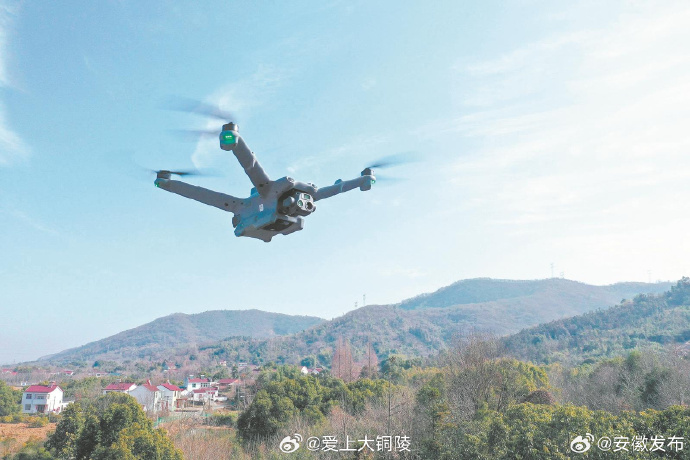In the rapidly evolving world of e-commerce, drones for Amazon are taking center stage, transforming how we think about delivery. These advanced technologies are not only reshaping logistics but are also setting new benchmarks for speed and efficiency. In this article, we explore the multifaceted impacts of Amazon’s drone delivery system and its implications for the future of shopping and supply chain management.
The Rise of Drone Delivery
Amazon has long been a pioneer in leveraging cutting-edge technology to streamline operations. Their continued investment in drone technology is no exception. With the introduction of drones, Amazon aims to reduce delivery times significantly, providing near-instantaneous service to consumers. The drones are capable of delivering packages in under 30 minutes, a feat unachievable by traditional delivery methods.Additionally, these unmanned aerial vehicles (UAVs) are equipped with high-end GPS systems, ensuring precise navigation and enhanced safety during delivery operations.
Efficiency Meets Sustainability
The use of drones for Amazon promises not only efficiency but also sustainability. By reducing the number of vehicles on the road, there’s a potential decrease in carbon emissions, helping combat environmental challenges. Furthermore, drones are designed to use renewable energy sources, further contributing to eco-friendly initiatives. This transition is part of Amazon’s broader plan to achieve carbon neutrality in the coming decades, showcasing their commitment to sustainability.
Challenges and Innovations
Despite the benefits, the adoption of drones is not without hurdles. Regulatory restrictions, traffic management in the skies, and public acceptance pose significant challenges. However, Amazon is actively collaborating with aviation authorities worldwide to address these issues. Innovative solutions, such as creating dedicated drone corridors and employing AI-powered systems for air traffic management, are being explored to pave the way for widespread drone delivery. These measures ensure that safety and efficiency go hand in hand, making drone delivery a feasible option for everyday logistics.
Impact on Traditional Delivery Services
Amazon’s drone delivery services are likely to disrupt traditional logistics providers. Companies relying solely on ground transportation may need to innovate rapidly to stay competitive. As drones become a more frequent sight in urban areas, they could potentially result in a decline in demand for conventional delivery trucks and personnel, leading to an evolutionary shift in the logistics industry.
Drone technology is fundamentally altering the landscape of delivery services and creating new business models around speed, efficiency, and sustainability.
The ripple effects of Amazon’s drone technology are vast, affecting various aspects of the economy and employment. While some traditional jobs might be threatened, new opportunities in drone maintenance, operation, and programming will rise.
FAQs
- How are drones helping Amazon achieve faster delivery times?
- Amazon’s drones can deliver packages within 30 minutes after an order is placed, thanks to advanced navigation and unmanned operations.
- Are Amazon’s drones environmentally friendly?
- Yes, they utilize renewable energy sources and contribute to fewer carbon emissions by reducing road traffic.
- What obstacles do Amazon’s drones face?
- Regulatory challenges and public acceptance are the main hurdles, which are being actively addressed through collaboration with aviation authorities.

